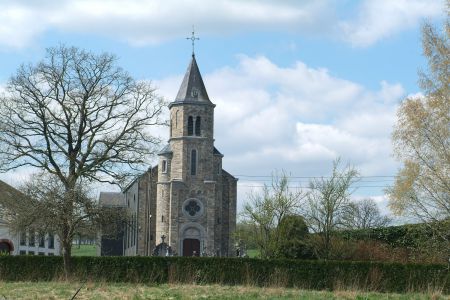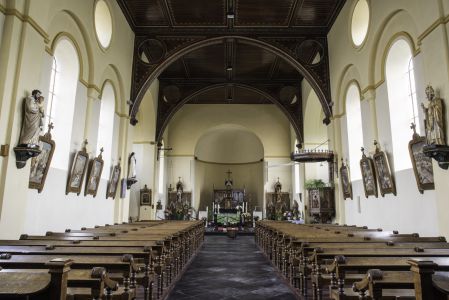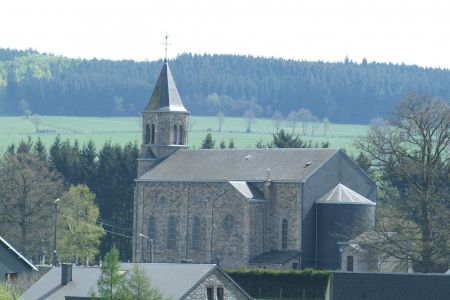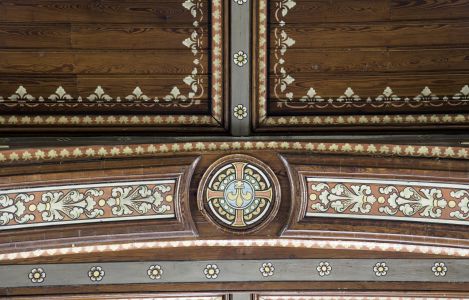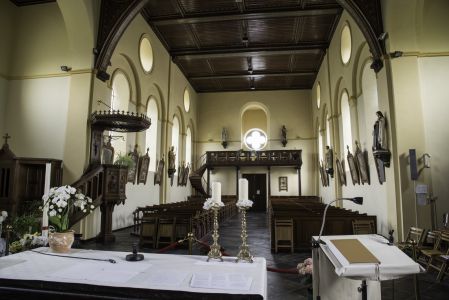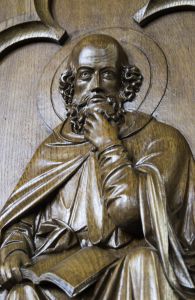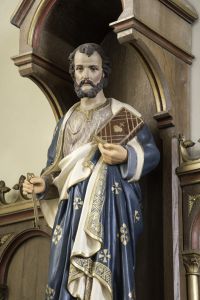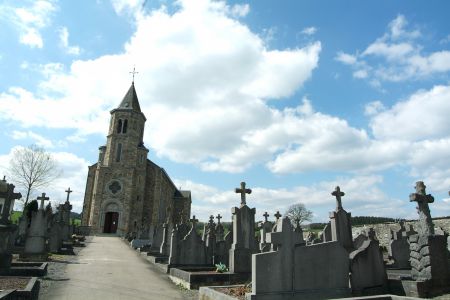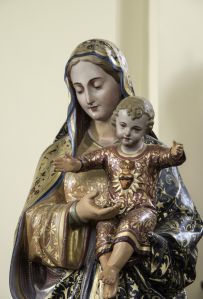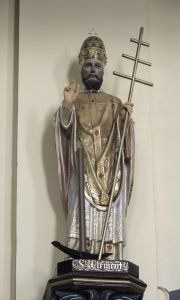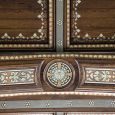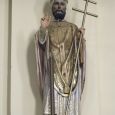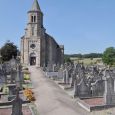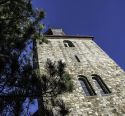Church | 1850 | Neoromanesque | Catholic Church

Map
Opening hours
01 January - 31 December
Mon 9.00 - 18.00
Tue 9.00 - 18.00
Wed 9.00 - 18.00
Thu 9.00 - 18.00
Fri 9.00 - 18.00
Sat 9.00 - 18.00
Sun 9.00 - 18.00
Religious offices
Saturday 5.30 pm
Description
The current Neo-Romanesque construction dates from the second half of the 19th century and replaces an old chapel. It is characterised by a play of volumes inherent in the Mosan architecture of the 11th and 12th centuries.
On the outside, an old cemetery surrounds the church.
On the interior, one will notice the wooden ceiling painted with stencils. The recently repainted church gives an impression of freshness. The statues and the Way of the Cross, which were removed in the 1960s, have found their place in the edifice again.
Photos
Remarkable elements
Stencil painted ceiling
The church ceiling, made of wooden laths, is decorated with thin stencil friezes. Note the wooden arches with the same circular patterns as the side wall openings. Just as the cut-out of the rood pole railing follows the quadrilobal shape of the rose overhanging it.
Statues of saints
The statues of the church are not very old. They bear witness to the popular piety of the saints who counted in the region. Saint Peter can be identified by the keys he carries in his right hand. Walburge was abbess of a convent in Germania in the 8th century and was venerated in the Liege region. As for Pope Clement, the third successor of Saint Peter in Rome, he is said to have died a martyr, drowned with an anchor around his neck. Its tiara and triple cross are typical of popes.
Chair to preach
The talent of the sculptor of this beautiful pulpit of truth is obvious. The expression on the face of the evangelists is especially well cared for, worthy of the best craftsmen of the second half of the 19th century.
Walled cemetery
The church's walled cemetery offers a complete overview of funeral art since the end of the 18th century. From shale crosses decorated with relief symbols to granite tombs, popular from the 1960s onwards. The very organization of the cemetery, in "districts" separated by alleys, reproduces the social distinctions of the time.
Saint Walburge / Choir ladies - 2021 campaign
‘GIRL POWER’
Walburge not only governed the women's monastery in Heidenheim to which she belonged, but also, at the end of her life, the neighbouring men's monastery. She did so at the request of Saint Boniface and Saint Willibald, who trusted her in the 8th century.
The statue pays tribute to this woman of character in Petit-Sart.
Nearby
Circuit
The spirit of the surroundings around Lierneux
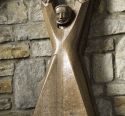
This itinerary for bike, motorcycle or car, gives pride of place to the region. It takes you through a gentle and rounded countryside. The paths invite you to wander around. But the landscape of meadows and forests that you will discover has not always been there!


